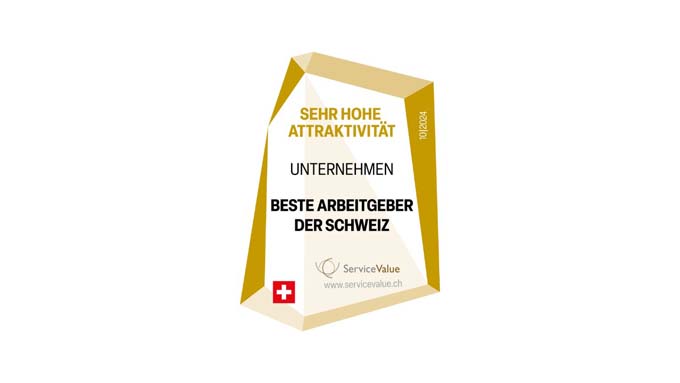The SFM method
Many companies want to modernize the offices for their employees. A working group is formed, a brainstorming session is held and supplemented by an employee survey. And then what happens next?

The SFM method (SFM = Solution Finder Model) is used as an analysis model in convergent thinking, i.e. it is intended to bring clarity with regard to the solution variants. It starts from a problem for which a solution is to be found. This method was developed in 2009 at the Fernfachhochschule Schweiz by a research team of the research focus eCollaboration as a collaborative tool for finding solutions and has since been successfully used in many projects. The SFM method works by first classifying a topic input and thereby identifying it as either a need, a goal or a solution. Then, by asking appropriate questions, it is checked whether this assumption can be used to unify the "need-goal-solution" chain. It is important to note that a need must have a goal and a solution must be found for this goal. This solution must in turn satisfy the original need. Only if the triangular relationship can be set up in a meaningful way, the solution can be seen as a solution that is appropriate to the problem.
Smart Uffi - the intelligent office of the future
The SFM method has already been used successfully in many different projects, such as the "Smart Uffi" (Smart Office) project. This is a research project that the FFHS is carrying out together with the SUPSI (University of Applied Sciences in Ticino). It is about which solutions to implement in order to obtain a so-called "Smart Office" - in other words, an intelligent office.
In this sense, smart can be interpreted as follows (Fraunhofer Future Conference 2015 in Stuttgart):
- The operator becomes the served - the technology recognizes what someone wants and acts directly without asking. For example, I come to the office in the evening, the laptop starts immediately and logs into a forum where I am still expected to reply this evening. I don't have to worry about the forum login, username or password - everything is already prepared. I can start working right away.
- Things do not require human intervention. For example, I am on the move and use a laptop with a WLAN connection to the Internet. When I change locations, the laptop automatically connects to the Wi-Fi networks without me having to dial or type anything.
- A flexible and context-dependent choice is made from several options for action. For example, I signed off for three days on vacation. Exactly during this time, a request comes in about a project I've already invested a lot of time in and would like to work on. I receive a text message on my cell phone and just have to give a quick confirmation that I'm in - this generates a reply e-mail. Other e-mails and inquiries that are not relevant to me at this point are held back and wait until I am back in the office.
The following statements were elicited as part of a survey in the Smart Uffi project at FFHS and then subjected to SFM analysis by assigning the individual statements of a group to needs, goals or solutions. Subsequently, an attempt was made to establish the relationships between the elements.

In the graphic, a solution can be read out (green, solid line), for the need "office too small" a goal can be found (support of one's own well-being) and a solution can be assigned (more open office zones) - the solution retroactively supports the need again. The triangle of these elements can therefore be closed and thus represents a real, sustainable solution.
For the need "to want to work standing up" a goal can be found (own well-being) but a solution does not exist yet. It must therefore be developed: For example, a standing table with high chairs would be possible here, with which one can work standing or sitting (also mixed) at the same table. This would fulfill another need (furniture too inflexible), since the solution (standing or sitting or both together with several people) could increase flexibility and one's own well-being.
The desire for an "own iPad" does not represent a need, but already a solution (since it is an instrument). However, neither a goal nor a need can be assigned, so the two elements must first be sought. If these can be found in a meaningful way, an iPad can certainly be a solution.
Getting closer to the smart office step by step
In this way, it will be possible to get closer to the smart office of the future step by step by matching the needs and goals of its users. For a start, therefore, a few selected solutions that have been revealed by the SFM analysis will be implemented in the practice of the two project partners.
Solution Finder Model https://tube.switch.ch/videos/b855fc39
Distance Learning University Switzerland https://www.ffhs.ch/
Collaborative Solutions Quick&Clean: The SFM Method http://bit.ly/2aRTtVk









